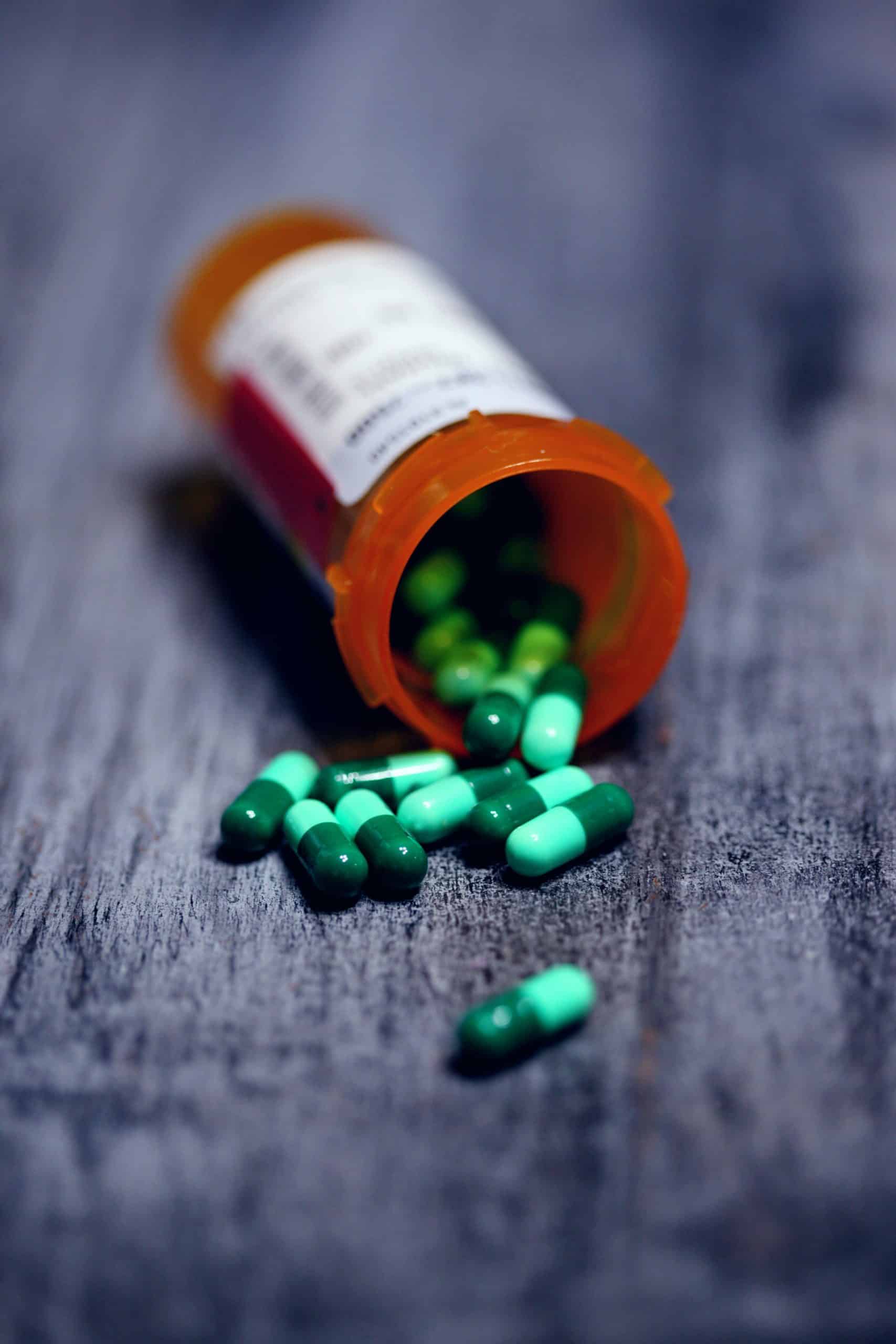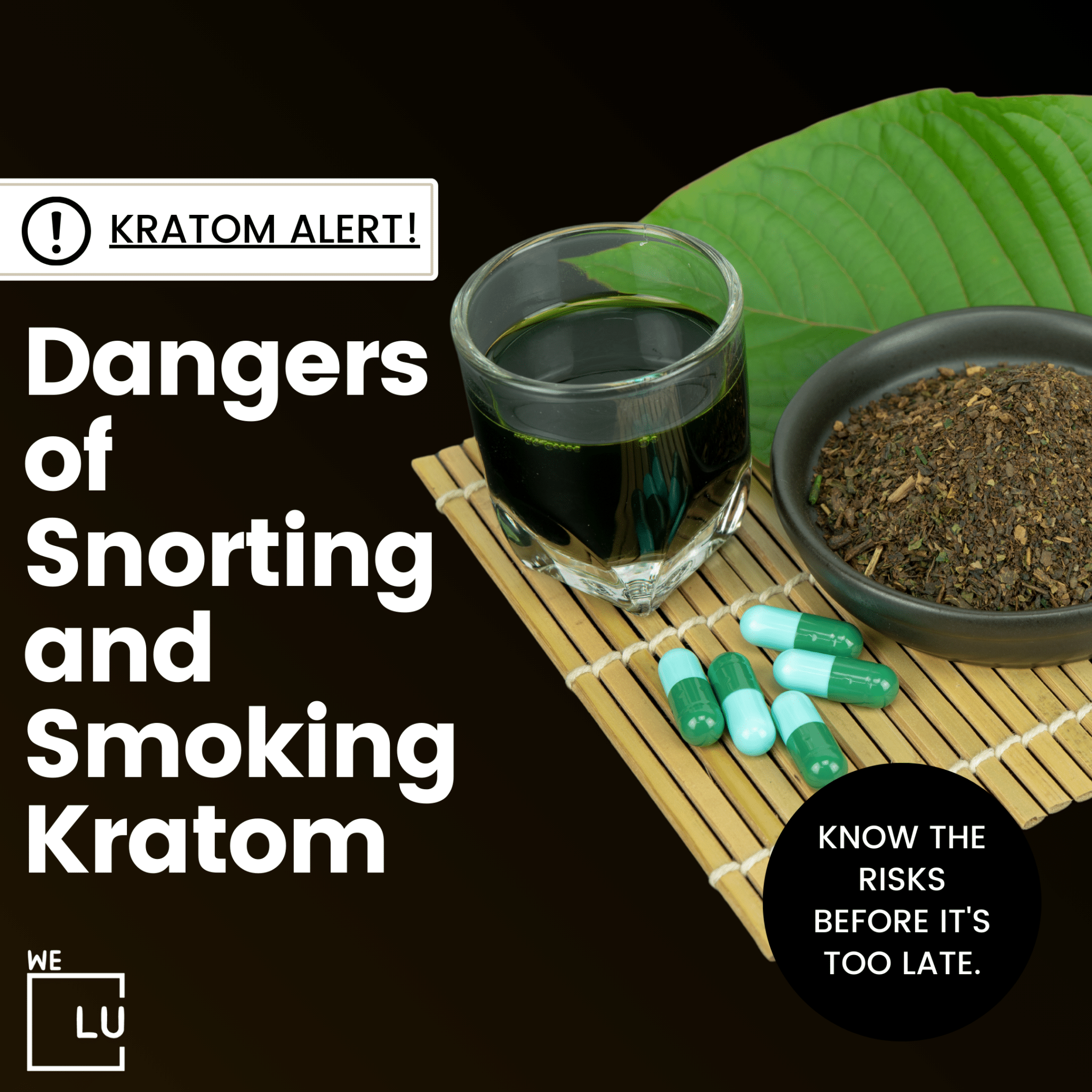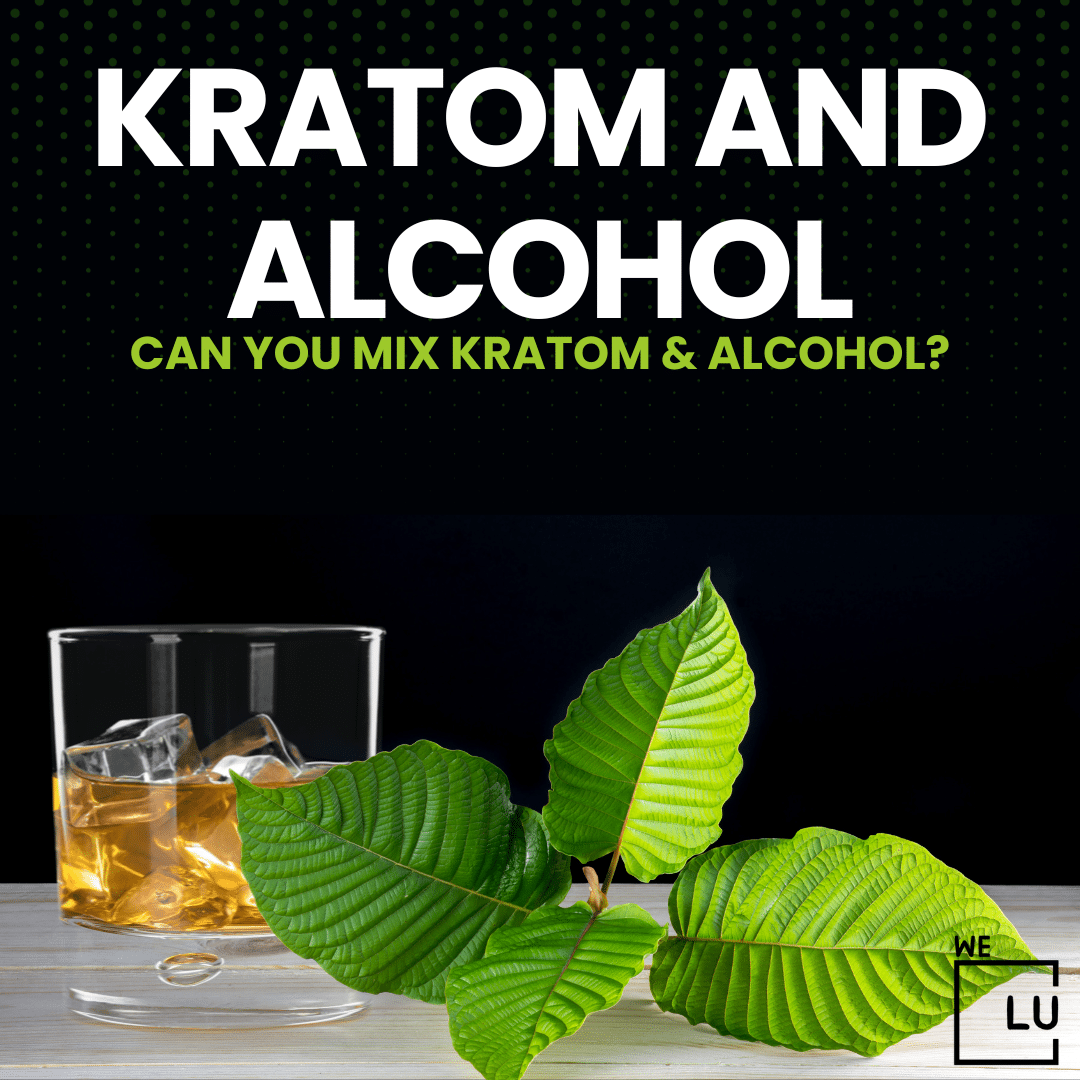What Is Tramadol?
Tramadol is a synthetic opioid analgesic used to manage moderate to moderately severe pain. It exerts its pain-relieving effects by acting as a mu-opioid receptor agonist, which means it binds to specific receptors in the brain associated with pain sensation. Additionally, tramadol inhibits the reuptake of neurotransmitters like serotonin and norepinephrine, contributing to its analgesic properties. This dual mechanism distinguishes tramadol from other opioids.
Available in various forms, such as immediate-release and extended-release tablets, tramadol is often prescribed for conditions like post-surgical pain and chronic pain. While it can effectively alleviate pain, individuals taking tramadol may experience common side effects like dizziness, nausea, and constipation. As with any medication, patients must use tramadol as directed by their healthcare provider and be aware of potential risks and interactions. Especially given that misuse or exceeding prescribed doses can lead to serious side effects, including respiratory depression and dependence.
Is Tramadol Addictive?
Tramadol has the potential for addiction and dependence. While it is considered to have a lower risk of addiction compared to some other opioids, it still interacts with the brain’s opioid receptors, leading to the release of neurotransmitters associated with pleasure and euphoria. Prolonged use or misuse of tramadol can result in the development of tolerance, where individuals may need higher doses to achieve the same pain-relieving effects, and dependence, wherein the body becomes accustomed to the presence of the drug.
Due to the potential for abuse and dependence, healthcare providers carefully assess a patient’s medical history, potential for substance abuse, and overall health before prescribing tramadol.
How Addictive Is Tramadol?
Tramadol has the potential for addiction, although it is generally considered to have a lower risk compared to some other opioids. The risk of addiction is influenced by various factors, including individual susceptibility, the duration of use, dosage, and any history of substance abuse. Tramadol’s dual mechanism of action—acting as both an opioid receptor agonist and inhibiting the reuptake of certain neurotransmitters—contributes to its analgesic effects but also increases the complexity of its interactions in the brain.
While some medical professionals initially believed that tramadol had a lower risk of abuse and dependence, there have been reports of individuals developing physical and psychological dependence on the drug. Prolonged use or misuse, such as taking higher doses than prescribed, can lead to tolerance, where higher doses are needed to achieve the same pain relief, and dependence, where the body becomes accustomed to the presence of the drug.
How Long Does It Take To Get Addicted To Tramadol?
The timeframe for developing an addiction to tramadol can vary widely among individuals and is influenced by various factors. Addiction is a complex process; no fixed duration universally applies to everyone. Factors that can affect the speed at which dependence or addiction develops include:
- Individual Differences: People respond differently to medications, and susceptibility to addiction can vary. Some individuals may be more predisposed to developing dependence on opioids, including tramadol, due to genetic, psychological, or environmental factors.
- Dosage and Duration of Use: Higher doses and prolonged use of tramadol may increase the risk of developing tolerance, where the body becomes accustomed to the drug’s effects, and dependence, where the body relies on the presence of the drug to function normally.
- Medical History: Individuals with a history of substance abuse or addiction may be more prone to developing dependence on tramadol.
- Underlying Health Conditions: Certain medical conditions or mental health disorders may increase the risk of addiction.
- Co-occurring Substance Use: Concurrent use of other substances, including alcohol or other drugs, can enhance the risk of addiction.
Signs Of Tramadol Addiction
Recognizing signs of tramadol addiction can help with early intervention and seeking appropriate help. If you or someone you know is using tramadol and you suspect the development of addiction, watch for the following signs:
- Increasing Tolerance: Needing higher doses of tramadol over time to achieve the same pain relief is a sign of tolerance and may indicate the development of dependence.
- Preoccupation with Tramadol: Spending significant time thinking about tramadol, obtaining it, and planning its use can indicate an emerging problem.
- Loss of Control: Difficulty in controlling tramadol use, such as taking it more frequently or in higher amounts than prescribed, can be indicative of addiction.
- Craving: Experiencing urges or cravings for tramadol is a common sign of addiction. Cravings can interfere with daily activities and contribute to compulsive drug-seeking behavior.
- Social Withdrawal: A person developing an addiction to tramadol may withdraw from social activities, work, or family responsibilities as their focus shifts more toward obtaining and using the drug.
- Continued Use Despite Negative Consequences: Continued use of tramadol despite experiencing negative consequences, such as health problems, relationship issues, or legal troubles, is a hallmark sign of addiction.
- Changes in Behavior: Observable changes in behavior, mood swings, irritability, or secrecy about tramadol use may indicate a problem.
- Physical Symptoms: Physical signs of tramadol addiction can include constricted pupils, drowsiness, slurred speech, and impaired coordination.
- Doctor Shopping: Seeking tramadol prescriptions from multiple doctors, also known as “doctor shopping,” is a behavior associated with substance misuse and addiction.
- Withdrawal Symptoms: Experiencing withdrawal symptoms when attempting to reduce or stop tramadol use is a clear sign of physical dependence, which is often a precursor to addiction.
If you suspect someone may be struggling with tramadol addiction, encourage them to seek professional help. Addiction is a treatable condition, and healthcare providers can guide individuals through the process of recovery.

Skip To:
Learn More:
- Tramadol Withdrawal Symptoms, Timeline, And Detox
- Tramadol Detox, Specifics, Statistics, Symptoms, Withdrawal, Warnings & Treatment Options
- Tramadol Interactions, Types, Risk Factors & Side Effects
- Can You Mix Tramadol And Alcohol? Side Effects And Dangers.
- Toradol Vs Tramadol. Uses, Side Effects, And Warnings
- Tramadol Vs Oxycodone, Comparison Of Side Effects & Efficacy
- Can You Snort Tramadol? Signs, Side Effects, & Treatment

Get Your Life Back
Find Hope & Recovery. Get Safe Comfortable Detox, Addiction Rehab & Dual Diagnosis High-Quality Care.
Hotline (855) 695-1160
Physical Dependence Of Tramadol
Physical dependence on tramadol can develop with regular use over time. Tramadol, like other opioids, interacts with the body’s opioid receptors, leading to adaptations in the central nervous system. As the body becomes accustomed to the presence of tramadol, it adjusts its functioning to maintain a state of balance. This adaptation results in physical dependence.
- Withdrawal Symptoms: Physical dependence becomes evident when an individual experiences withdrawal symptoms upon reducing the dose or discontinuing tramadol. Withdrawal symptoms may include anxiety, restlessness, sweating, chills, insomnia, nausea, vomiting, diarrhea, and muscle aches.
- Tolerance: Tolerance is another aspect of physical dependence. With continued use of tramadol, the body may become tolerant to its effects, requiring higher doses to achieve the same level of pain relief.
- Gradual Tapering: Abruptly stopping tramadol after prolonged use can lead to severe withdrawal symptoms. To manage physical dependence, healthcare providers often recommend a gradual tapering of the medication under medical supervision. This involves slowly reducing the dose to allow the body to adjust and minimize withdrawal symptoms.
Physical dependence is different from addiction. Physical dependence is a normal physiological response to the chronic use of certain medications, including opioids. Addiction, on the other hand, involves behavioral and psychological aspects, such as loss of control over drug use and continued use despite negative consequences.
Get Help. Get Better. Get Your Life Back.
Searching for an Accredited Drug and Alcohol Rehab Centers in Near You?
Even if you have failed previously and relapsed, or are in the middle of a difficult crisis, we stand ready to support you. Our trusted behavioral health specialists will not give up on you. When you feel ready or just want someone to speak to about therapy alternatives to change your life call us. Even if we cannot assist you, we will lead you to wherever you can get support. There is no obligation. Call our hotline today.
FREE Addiction Hotline – Call 24/7The Physical And Mental Side Effects Of Tramadol
Tramadol, like any medication, can have both physical and mental side effects. Here are some common physical and psychological side effects associated with tramadol use:
Physical Side Effects
- Nausea and Vomiting: Gastrointestinal upset, including nausea and vomiting, is a relatively common side effect of tramadol.
- Dizziness and Lightheadedness: Tramadol can cause dizziness or lightheadedness, especially when standing up quickly. It’s important to avoid activities that require alertness until you know how the medication affects you.
- Constipation: Opioids, including tramadol, often cause constipation. Maintaining good hydration and dietary fiber intake can help manage this side effect.
- Headache: Some individuals may experience headaches as a side effect of tramadol.
- Drowsiness: Tramadol can cause drowsiness or sedation, impairing cognitive and motor functions.
Mental Side Effects
- Confusion: Some individuals may experience confusion or cognitive impairment while taking tramadol.
- Mood Changes: Tramadol can affect mood, leading to feelings of euphoria or, conversely, dysphoria in some individuals.
- Anxiety: In some cases, tramadol may contribute to feelings of anxiety.
- Insomnia: Difficulty sleeping or insomnia can occur as a side effect of tramadol.
- Hallucinations: Although rare, some individuals may experience hallucinations, particularly at higher doses.

Comfortable Facilities & Amenities
High-Quality Addiction & Mental Health Rehabilitation Treatment
Rehab Centers TourRenowned California Addiction Center. Serene Private Facilities. Inpatient rehab programs vary.
Addiction Helpline (855) 695-1160Proven recovery success experience, backed by a Team w/ History of:
15+
Years of Unified Experience
100s
5-Star Reviews Across Our Centers
10K
Recovery Success Stories Across Our Network
- Low Patient to Therapist Ratio
- Onsite Medical Detox Center
- Comprehensive Dual-Diagnosis Treatment
- Complimentary Family & Alumni Programs
- Coaching, Recovery & Personal Development Events

Can You Get Withdrawals From Tramadol?
Withdrawal symptoms can occur when someone who has been using tramadol regularly stops taking it abruptly or reduces their dosage significantly. Tramadol, like other opioids, can lead to physical dependence with prolonged use. Physical dependence means that the body has adapted to the presence of the drug, and sudden discontinuation can result in withdrawal symptoms as the body adjusts.
Tramadol Withdrawal Symptoms
Withdrawal symptoms from tramadol can vary in intensity and duration depending on factors such as the duration of use, dosage, and individual differences. It’s important to note that withdrawal symptoms are a natural response of the body when it has become physically dependent on a substance like tramadol. Common tramadol withdrawal symptoms include:
- Flu-Like Symptoms: Individuals may experience symptoms similar to the flu, including body aches, muscle pain, and general discomfort.
- Gastrointestinal Distress: Nausea, vomiting, diarrhea, and abdominal cramping are common symptoms during tramadol withdrawal.
- Mood Changes: Irritability, anxiety, and mood swings can occur. Some individuals may also experience symptoms of depression.
- Insomnia: Difficulty sleeping or disturbances in sleep patterns are common during withdrawal.
- Autonomic Symptoms: Sweating, chills, and goosebumps (piloerection) are autonomic responses that can occur during withdrawal.
- Runny Nose and Sneezing: Similar to cold symptoms, individuals may experience a runny nose and frequent sneezing.
- Yawning: Excessive yawning is a characteristic symptom of opioid withdrawal.
- Restlessness: A sense of restlessness or an inability to get comfortable may occur.
- Pupil Dilation: Dilated pupils can be a physical manifestation of opioid withdrawal.
- Elevated Blood Pressure and Heart Rate: Some individuals may experience increased blood pressure and heart rate during withdrawal.
To minimize the risk of withdrawal, healthcare providers often recommend a gradual tapering of the tramadol dosage rather than abrupt discontinuation. Tapering allows the body to adjust more gradually, reducing the intensity of withdrawal symptoms.
World-class, Accredited, 5-Star Reviewed, Effective Addiction & Mental Health Programs. Complete Behavioral Health Inpatient Rehab, Detox plus Co-occuring Disorders Therapy.
CALL (855) 695-1160End the Addiction Pain. End the Emotional Rollercoaster. Get Your Life Back. Start Drug, Alcohol & Dual Diagnosis Mental Health Treatment Now. Get Free No-obligation Guidance by Substance Abuse Specialists Who Understand Addiction & Mental Health Recovery & Know How to Help.
Tramadol Addiction Treatment
Treatment for tramadol addiction typically involves a comprehensive approach that addresses both the physical and psychological aspects of addiction. Here are some components of tramadol addiction treatment:
- Medical Detoxification: For individuals with physical dependence on tramadol, a medically supervised detoxification process may be necessary. This involves gradually reducing the dosage to manage withdrawal symptoms in a controlled manner. Medical professionals can provide medications and support to ease the discomfort of withdrawal.
- Inpatient or Outpatient Rehabilitation: Depending on the severity of the addiction and individual needs, individuals may undergo treatment in an inpatient or outpatient rehabilitation program. Inpatient programs provide a more intensive, structured environment with 24/7 medical and therapeutic support, while outpatient programs allow individuals to receive treatment while living at home.
- Behavioral Therapy: Various forms of behavioral therapy, such as cognitive-behavioral therapy (CBT) and contingency management, are commonly used in addiction treatment. These therapies help individuals understand and change patterns of thinking and behavior associated with drug use.
- Individual and Group Counseling: Individual and group counseling are essential to addiction treatment. They provide a supportive environment for individuals to explore underlying issues, learn coping skills, and receive guidance from trained professionals.
- Support Groups: Participating in support groups, such as Narcotics Anonymous (NA) or other 12-step programs, can offer ongoing peer support and encouragement throughout recovery.
- Medication-Assisted Treatment (MAT): In some cases, medications may be used to assist in the treatment of opioid addiction. Medicines like buprenorphine or methadone can help reduce cravings and withdrawal symptoms, supporting individuals in their recovery.
- Dual Diagnosis Treatment: If an individual has co-occurring mental health disorders, such as depression or anxiety, integrated treatment for both substance use and mental health is crucial. This is known as dual diagnosis or co-occurring disorder treatment.
- Aftercare Planning: Successful recovery often involves ongoing support. Aftercare planning helps individuals transition to daily life by providing resources and strategies to maintain sobriety. This may include continued counseling, support group participation, and access to community resources.
Individuals seeking treatment to consult with healthcare professionals to determine the most appropriate and effective plan tailored to their specific needs and circumstances. Addiction treatment is a dynamic process, and ongoing support is often essential for long-term recovery.
Experience Transformative Recovery at the We Level Up California Treatment Center.
See our authentic success stories. Get inspired. Get the help you deserve.



Start a New Life
Begin with a free call to an addiction & behavioral health treatment advisor. Learn more about our dual-diagnosis programs. The We Level Up treatment center network delivers recovery programs that vary by each treatment facility. Call to learn more.
- Personalized Care
- Caring Accountable Staff
- World-class Amenities
- Licensed & Accredited
- Renowned w/ 100s 5-Star Reviews
We’ll Call You
Therapist Advice About Healthy Relationships While In Addiction Recovery & Sobriety
Search We Level Up CA Is Tramadol Addictive, Drug & Alcohol Rehab / Detox & Mental Health Topics & Resources
Sources
- Dhesi M, Maldonado KA, Maani CV. Tramadol. [Updated 2023 Apr 16]. In: StatPearls [Internet]. Treasure Island (FL): StatPearls Publishing; 2023 Jan-. Available from: https://www.ncbi.nlm.nih.gov/books/NBK537060/
- Medline Plus – Tramadol – https://medlineplus.gov/druginfo/meds/a695011.html
- Sidana A, Domun I, Arora P. Tramadol withdrawal psychosis. Indian J Psychiatry. 2019 Nov-Dec;61(6):655-656. doi: 10.4103/psychiatry.IndianJPsychiatry_11_19. PMID: 31896879; PMCID: PMC6862981. https://www.ncbi.nlm.nih.gov/pmc/articles/PMC6862981/
- Cohen B, Ruth LJ, Preuss CV. Opioid Analgesics. [Updated 2023 Apr 29]. In: StatPearls [Internet]. Treasure Island (FL): StatPearls Publishing; 2023 Jan-. Available from: https://www.ncbi.nlm.nih.gov/books/NBK459161/
- Chou R, Hartung D, Turner J, et al. Opioid Treatments for Chronic Pain [Internet]. Rockville (MD): Agency for Healthcare Research and Quality (US); 2020 Apr. (Comparative Effectiveness Review, No. 229.) Available from: https://www.ncbi.nlm.nih.gov/books/NBK556253/
- National Academies of Sciences, Engineering, and Medicine; Health and Medicine Division; Board on Health Sciences Policy; Committee on Pain Management and Regulatory Strategies to Address Prescription Opioid Abuse; Phillips JK, Ford MA, Bonnie RJ, editors. Pain Management and the Opioid Epidemic: Balancing Societal and Individual Benefits and Risks of Prescription Opioid Use. Washington (DC): National Academies Press (US); 2017 Jul 13. Available from: https://www.ncbi.nlm.nih.gov/books/NBK458660/ doi: 10.17226/24781
- Zullo AR, Danko KJ, Moyo P, et al. Prevention, Diagnosis, and Management of Opioids, Opioid Misuse, and Opioid Use Disorder in Older Adults [Internet]. Rockville (MD): Agency for Healthcare Research and Quality (US); 2020 Nov. (Technical Brief, No. 37.) Available from: https://www.ncbi.nlm.nih.gov/books/NBK564144/
- Rajabizadeh G, Kheradmand A, Nasirian M. Psychosis following Tramadol Withdrawal. Addict Health. 2009 Summer;1(1):58-61. PMID: 24494084; PMCID: PMC3905496. https://www.ncbi.nlm.nih.gov/pmc/articles/PMC3905496/
- Kleber HD. Pharmacologic treatments for opioid dependence: detoxification and maintenance options. Dialogues Clin Neurosci. 2007;9(4):455-70. doi: 10.31887/DCNS.2007.9.2/hkleber. PMID: 18286804; PMCID: PMC3202507. https://www.ncbi.nlm.nih.gov/pmc/articles/PMC3202507/ read more: is tramadol addictive, tramadol addiction, tramadol addictive, how addictive is tramadol, tramadol addicting, tramadol addiction risk, can you get addicted to tramadol, why is tramadol addictive, tramadol is it addictive, how long does it take to get addicted to tramadol,
- Sansone RA, Sansone LA. Tramadol: seizures, serotonin syndrome, and coadministered antidepressants. Psychiatry (Edgmont). 2009 Apr;6(4):17-21. PMID: 19724727; PMCID: PMC2714818. https://www.ncbi.nlm.nih.gov/pmc/articles/PMC2714818/ read more: is tramadol addictive, tramadol addiction, tramadol addictive, how addictive is tramadol, tramadol addicting, tramadol addiction risk, can you get addicted to tramadol, why is tramadol addictive, tramadol is it addictive, how long does it take to get addicted to tramadol,




